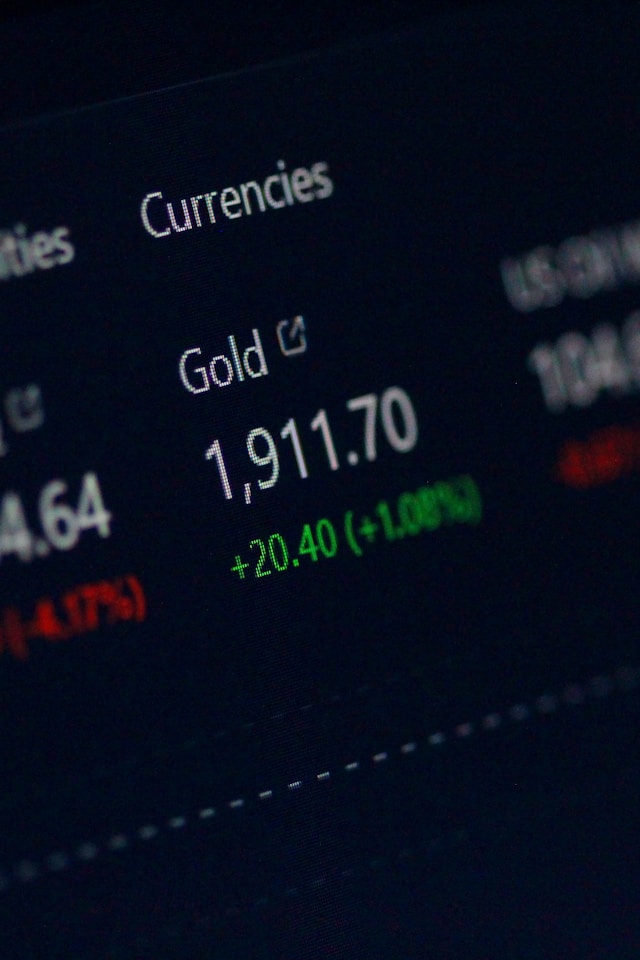Why Does Gold Surge During War & Crisis? A 2025 Outlook
When global events take a turn for the worse, investors often pull back from risky assets. Stocks lose ground. Currencies shift. Trust in paper-backed wealth gets shaky.
Gold? It tends to stay put. Or rise.
This isn’t a new pattern. People have looked to gold for stability for hundreds of years. What’s happening in 2025 just gives us another reason to do the same.

A Quick Look at What’s Going On
Several conflicts are still playing out. And not quietly. Supply chains are affected. Fuel prices go up and down. Headlines are full of policy changes, sanctions, rate hikes, and trade arguments.
Markets don’t like this kind of instability. And people with capital to protect start asking familiar questions. One of them is: should I shift into gold?
What Makes Gold a Refuge?
It isn’t just history. Gold behaves differently from most other assets.
- It’s physical. You can hold it.
- It doesn’t rely on interest, dividends, or performance targets.
- It exists outside of banks and currencies.
If a major economy prints more money, people worry about inflation. That makes their currency worth less. But gold? Still gold. That’s the appeal.
Examples We’ve Already Seen
There’s no need to speculate. Look back at 2008. Markets collapsed, and gold demand soared. The 1970s oil crisis tells the same story. Even more recently, trade tensions between China and the US helped push gold prices up again.
In every case, it came down to one thing: people wanted an anchor.
Inflation and the Shrinking Dollar
When central banks inject money into the system, whether to fight recession, support an economy in conflict, or fund major programmes, inflation often follows.
Your money buys less. Saving accounts don’t keep up. Real-world costs rise faster than incomes.
That’s when gold starts to look useful. It doesn’t pay interest, but it holds purchasing power when paper money doesn’t.
How Are Central Banks Responding?
They’re not waiting. Many have been increasing their gold reserves over the past few years.
Look at countries like Turkey, China, or India. These governments are buying more gold now than they did a decade ago. Part of that is about reducing reliance on foreign currencies. Another part is about insulating themselves from wider financial shocks.
This activity hasn’t slowed in 2025. If anything, it’s become part of long-term planning in regions facing either political pressure or economic strain.
What’s Happening Right Now?
Here are some of the main forces in play this year:
- Tensions in the Middle East are causing concern in energy markets.
- Inflation hasn’t gone away. In some places, it’s returned faster than expected.
- Interest rates are in flux. Some countries are cutting, others are holding.
- Currencies are wobbling. Not dramatically in most cases, but enough to cause hesitation.
- Gold buyers, both institutional and individual, are quietly increasing their holdings.
These aren’t isolated issues. One affects the next. That’s what creates the wider sense of risk. And it’s why gold comes back into focus.
Should Everyone Be Buying Gold?
No. Not necessarily.
But for people who are nervous about the volatility in other markets, gold is often one of the first things they consider. It won’t double in value overnight, and it’s not immune to corrections. Still, it behaves predictably when other things don’t.
If you’re exposed to equities, foreign exchange, or real estate, adding a small portion of gold might help balance the load. That’s been the case for decades.
Practical Questions for Traders and Investors
If you’re in the market now, here’s what to track:
- Are central banks increasing or reducing their gold purchases?
- Is the US dollar trending up or down?
- Are fuel and energy prices showing volatility?
- Are rates stable, rising, or falling in your region?
- Are new trade restrictions or sanctions being discussed?
Gold doesn’t need all of these factors to move. But even two or three shifts in the wrong direction can push demand higher.
Final Word
You don’t need a crystal ball to see where things might go. The signals are already there. Gold won’t solve every problem. It won’t replace sound financial planning. But in times like these, it can add stability.
If you’re deciding what to do next, consider gold as part of a larger picture. Not the whole plan, but a piece that has proven its worth time and again.
Stay Informed
If you’re interested in staying ahead of market trends and getting timely updates on gold prices and new developments, sign up for our market alerts. It’s the best way to keep your finger on the gold news pulse and make informed decisions when the moment is right.